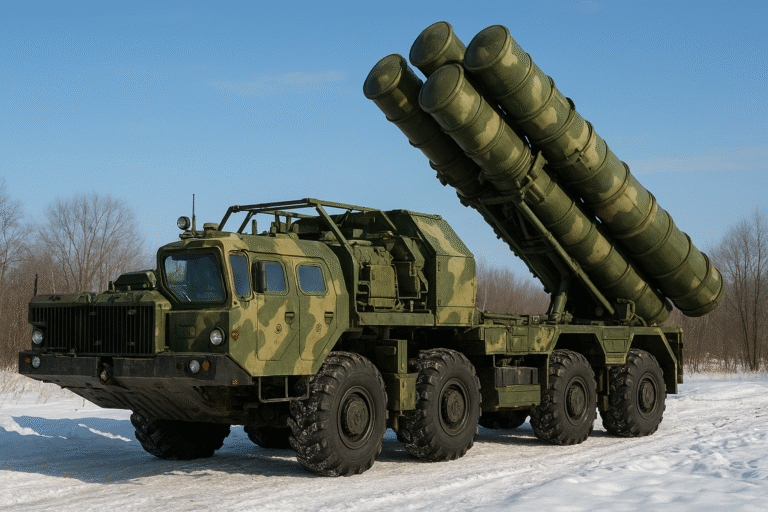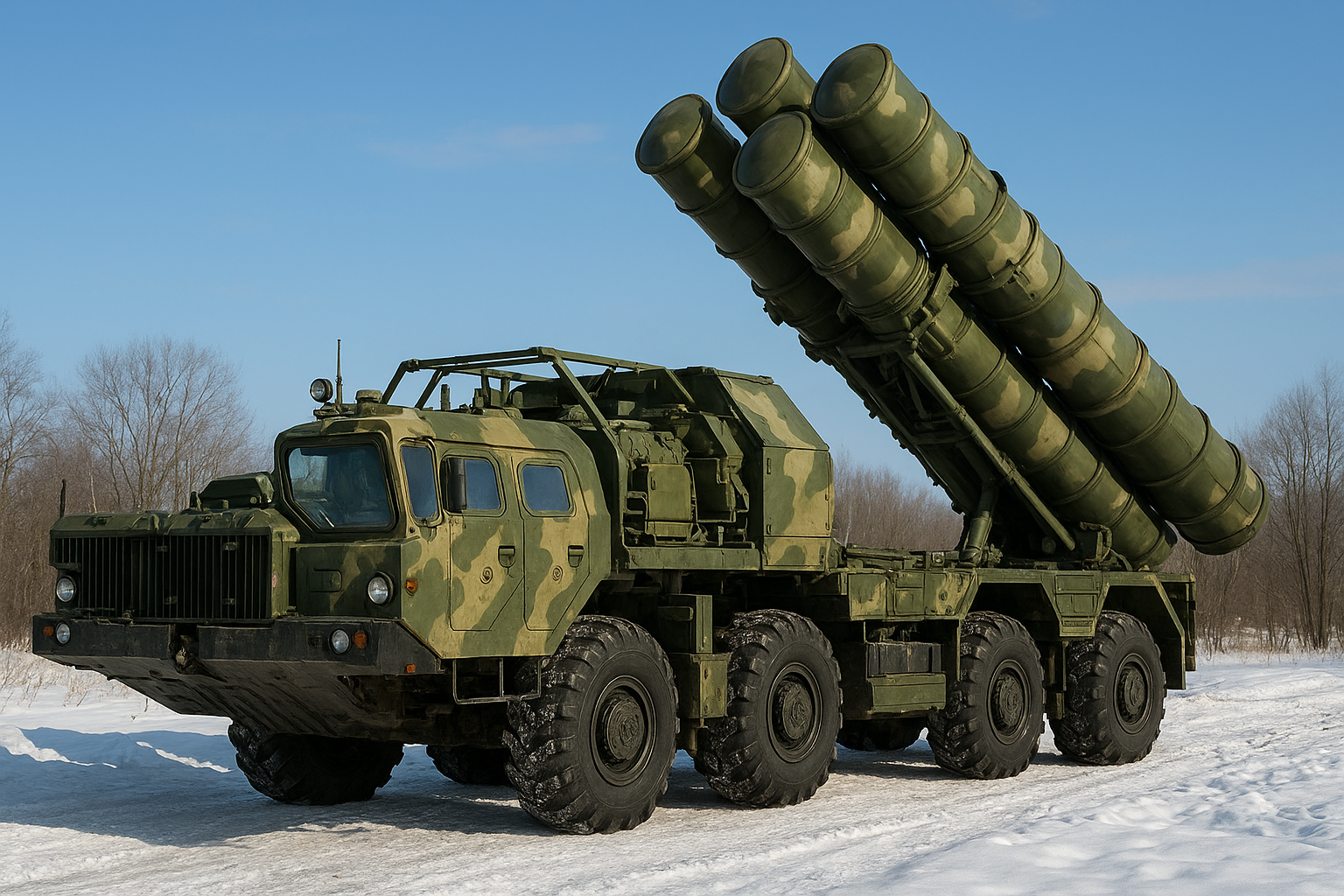Synopsis: In a rare and striking disclosure, Indian Air Force Chief, Air Chief Marshal A.P. Singh, shared fresh details about Operation Sindoor. He revealed how India`s S-400 shot down 5 Pakistani jets with state-of-the-art air defence missile systems along with an AEW&C/ELINT aircraft — a highly specialised platform built for airborne surveillance and early-warning operations.
Table of Contents
The IAF chief further stated that several parked F-16 fighter jets were destroyed at the Jacobabad airbase, while the AEW&C aircraft was neutralized in Bholari.
These revelations came during his address at the prestigious Air Chief Marshal L.M. Katre Lecture in Bengaluru, marking the first time an official source has publicly provided such a detailed account of the damage Pakistan suffered in terms of both aircraft and strategic assets.

Why Operation Sindoor Happened
The Pahalgam attack was the breaking point in a year already filled with ceasefire violations and cross-border tensions. This time, the government decided there would be no half measures.
Air Chief Marshal A.P. Singh was given complete freedom to plan and execute the operation — no political interference, no bureaucratic delays. The goal was clear: inflict serious military damage, but keep the situation just below the threshold of full-scale war.
S-400 Shot Down 5 Pakistani Jets: India’s Long-Range Shield Strikes Back
This was the S-400’s first major combat mission for India, and it didn’t disappoint. Capable of tracking and hitting targets up to 400 km away, the system delivered what experts are calling the largest-ever surface-to-air kill in Indian history.
The tally:
• Five Pakistani fighter jets — believed to include F-16s and JF-17s
• One surveillance aircraft — likely an advanced AEW&C or ELINT platform
IAF chief AP Singh makes it official, says 5 Pakistani fighter jets in addition and 1 AEW&C aircraft were shot down by IAF S-400 missiles at long ranges during Operation Sindoor.
— Rishi Bagree (@rishibagree) August 9, 2025
Also confirms destruction of F-16s and early warning aircraft on the ground. pic.twitter.com/SMXdjWaIr4
Key Military Achievements
Target Type | Location(s) | Outcome |
F-16 Fighter Jets | Jacobabad, Bholari | Destroyed (in hangars) |
AEW&C Surveillance Aircraft | Bholari Airbase | Hangar destroyed |
Radar Installations | Arifwala, Chunian, Lahore | 6 sites neutralized |
Command Centers | Chaklala, Murid | C2 infrastructure damaged |
UAV Hubs | Rahim Yar Khan | Drones destroyed |
SAM Systems | Okara, Lahore | 2 systems eliminated |
S-400 Shot Down 5 Pakistani Jets : Strikes on Key Pakistani Airbases
The Indian Air Force didn’t stop at aerial kills. Precision strikes targeted Pakistan’s most important air installations:
- Jacobabad & Bholari Airbases — Damaged F-16s under repair and destroyed AEW&C aircraft inside hangars.
- Murid & Chaklala Command Centers — Disrupted Pakistan’s ability to coordinate defense operations.
- Air Defense Sites in Lahore & Okara — Six radars and two missile defense systems were taken out, opening the way for further deep-strike missions.
Why Pakistan Couldn’t Hit Back
The S-400 not only shot down aircraft, but it also blocked Pakistan from launching long-range glide bomb attacks. With its massive engagement range, it forced Pakistani jets to stay far from the border, making any counterstrike impossible.
This combination of defense and offense worked perfectly, and military analysts are already calling it a blueprint for future air warfare in the region.
IAF Chief Releases Images Detailing Devastating Impact of Op Sindoor
— RT_India (@RT_India_news) August 10, 2025
Indian Air Force Chief Air Chief Marshal AP Singh has unveiled unseen before-and-after satellite images - showing the extent of destruction inflicted on Pakistan's airfields and terror hubs during Operation… pic.twitter.com/ob5eNtvtoL
Changing the Narrative: India’s Strong Political Message
Unlike the 2019 Balakot strikes, where the damage was debated internationally, India this time released clear satellite images showing burnt-out aircraft, destroyed hangars, and wrecked radar systems.
The message was clear:
1. To Pakistan — Any act of terrorism will be met with fast, precise, and overwhelming retaliation.
2. To the world — India has both the technology and the will to defend its sovereignty.
Ceasefire Under Pressure:
By May 10, Pakistan had reportedly asked for a ceasefire. The heavy losses — six aircraft, damaged airbases, and broken air defense — made further confrontation too costly.
Key Lessons from Operation Sindoor
1. S-400 as a Game-Changer — Dominated the skies and destroyed threats from long range.
2. Perfect Coordination — Air defense units, strike fighters, and surveillance systems worked together flawlessly.
3. Political & Military Unity — With no restrictions, the Air Force could move quickly and decisively.
4. Smart Escalation — India struck hard but kept the situation under control.
Also read about- India’s Project 18 Destroyer: Armed with 144 Missiles including BrahMos with Surveillance Power up to 500 km
S-400 Shot Down 5 Pakistani Jets: Impact on Global Politics
India’s New Doctrine: Proactive Deterrence: For decades, India’s military responses were often reactive and limited. Operation Sindoor marked a shift — hit first, hit hard, and prevent the enemy from striking back.
Global Support: The mission received unusual global backing. The US, France, Japan, and other countries publicly supported India’s right to self-defense, especially after seeing the verified satellite evidence.
Boost to Defense Exports: By showing how effectively it can integrate advanced systems like the S-400 with its own technology, India has drawn new interest from defense buyers in Southeast Asia, Africa, and Latin America. Experts believe Indian defense exports could double in the next 2–3 years.
Conclusion
Operation Sindoor wasn’t just a military win — it was a statement. It showed that India can combine cutting-edge technology, rapid decision-making, and precise execution to protect its people and territory.
For Pakistan, the lesson is costly: the price of aggression has gone up dramatically. For the world, it’s a reminder that India is ready, capable, and willing to defend its sovereignty at any cost.
This operation will be remembered as a turning point in South Asia’s military history — one where air dominance, missile defense, and swift retaliation set the standard for the future.
The GeoLens – India || Defence || Global Affairs

Pratik Kondawale
Strategist | Indian Defence & Global Affairs
Founder of GeoLens.in, Pratik writes in-depth analysis on India’s defence strategy, military tech, and global power shifts delivering sharp insights through an Indian lens.


7 thoughts on “Operation Sindoor: How India’s S-400 Shot Down 5 Pakistani Jets and 1 AEW&C/ELINT Aircraft: IAF chief calls S-400 a ‘Game-Changer’.”